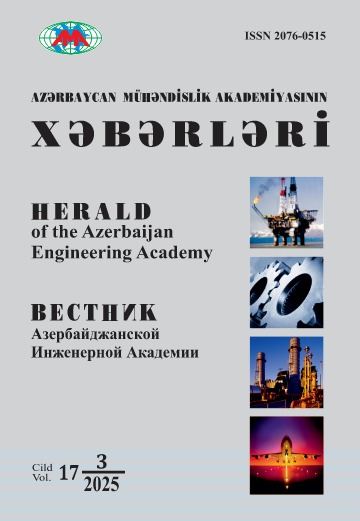Study of the Mechanism of Tooth Wear in the Drilling Rotor
DOI:
https://doi.org/10.52171/2076-0515_2023_15_01_55_64Keywords:
drilling rotor, vibration, transmission power, axial force, rotational speed, useful work coefficientAbstract
Since the bevel gears used in the drilling rotor operate under high stress-strain conditions, various types of failures can occur. In rotary drilling, the rock is destroyed by the drill bit as a result of the longitudinal load applied to the bit and the rotation of the bit. When working with a downhole motor, the reactive torque generated from rotation is transferred to the body due to the stop of the driven conical wheel of the rotor; in both cases, the conical pair of the rotor is in a stress-strain state. If we take into account that the starting torque of the engine exceeds the nominal value, the shocks that occur in each cycle are repeated and affect the contact of the gear pair. The combined effect of axial, torsional and transverse vibrations that occur at the bottom of the well leads to crushing, bending and breakage of the teeth of the rotor wheels. To use the power of drilling motors effectively, it is important to choose the right combination of thrust force and rotational speed depending on the diameter of the bit. These issues are resolved depending on many factors, including well depth, bit diameter, drilling fluid parameters, thrust values and frequency. rotation, drill string diameter.
Downloads
Published
How to Cite
Issue
Section
License

This work is licensed under a Creative Commons Attribution-NonCommercial 4.0 International License.



